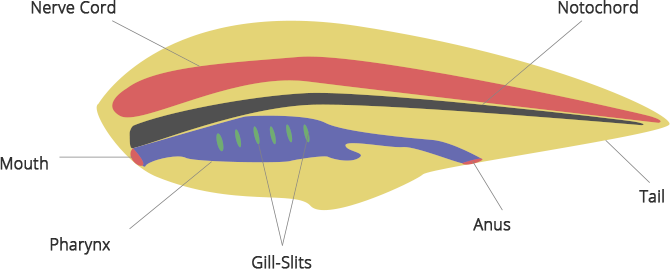NCERT Exemplar for Class 11 Biology - Animal Kingdom - Free PDF Download
FAQs on NCERT Exemplar for Class 11 Biology Chapter-4 (Book Solutions)
1. How do I prepare chapter 4 of NCERT Biology of class 11?
Animal kingdom fourth chapter of class 11 biology is one of the important units from an examination point of view. In the past, questions came from this chapter, and competitive exams like NEET give good weightage to it. Experts suggest it is better to solve the Chapter 4 NCERT Exemplar under the guidance of teachers to understand each concept. Students consider Animal Kingdom a high scoring chapter though a little hard to learn, but you can master it with Vedantu. Register today for the Vedantu masterclass.
2. Is it sufficient to study Animal Kingdom from the NCERT?
Yes, it is sufficient to do Animal Kingdom from the NCERT even if you are preparing for a competitive exam like NEET. All NCERT exercises and examples must be solved to prepare well. Apart from that, you can also practice from the NCERT Exemplar of class 11. Exemplar helps to strengthen concepts and binds you with efficiency. You can use different study material available on the website, for instance, sample papers and main topic notes.
3. Do I need to solve all questions given in the exemplar class 11 biology?
Yes. You need to solve all the questions present in NCERT Exemplars. The NCERT has included them to test your understanding. You can download the solutions of exemplar problems from Vedantu. All students need to do is sign in with their email id. Vedantu experts entirely crafted these solutions. Students find it creates a base in their preparation for NEET and increases their chances of selection.
4. How to download solutions of other chapters from NCERT class 11?
Students can download the solutions of each chapter from the NCERT exemplar class 11 on Vedantu. Try to solve the exemplar questions by yourselves first, then download the solutions. This way, you will come across your mistakes and improve your retention skills. Solutions may increase your morale or decrease if you make too many mistakes, but in the end, you will master that particular chapter. Apart from exemplar solutions, download solved sample papers and previous year papers to prepare well. Register today to learn from the top biology faculties available on Vedantu and boost your exam preparation.
5. How many questions are there in chapter 4- Animal Kingdom of class 11?
The animal kingdom is a lengthy and main chapter. It includes twelve Multiple-Choice Questions, fifteen Very Short Answer Type questions, thirteen short answer type questions and four long answer type questions. Students become familiar with high order thinking skills (HOTS). Long Answer Type Questions help you go into the depth to recall concepts. And short answer type ones are more conceptual to give you a better understanding. Subject expert of Vedantu suggests solving all these questions, and if you have more time go through the past papers as well.
























